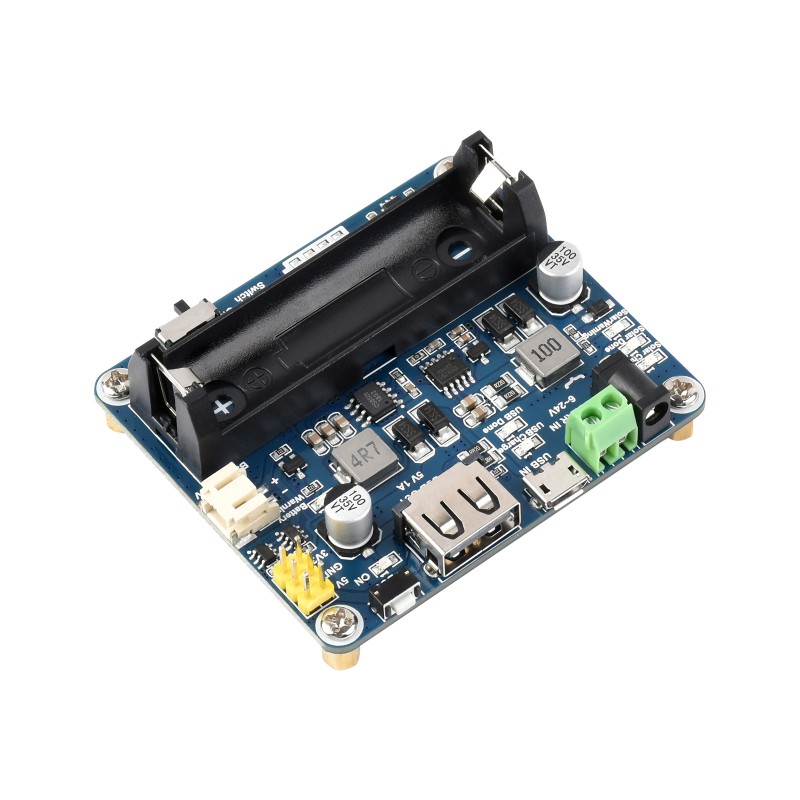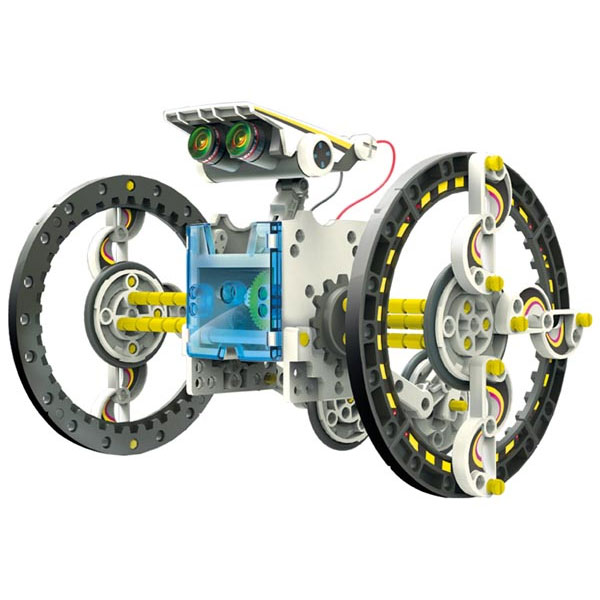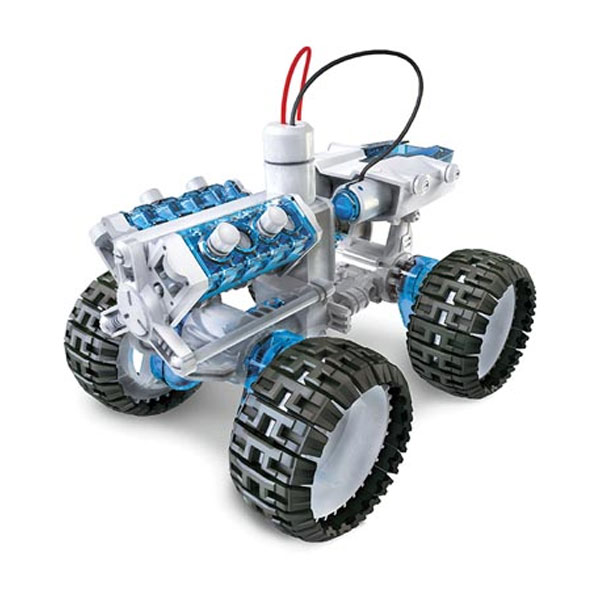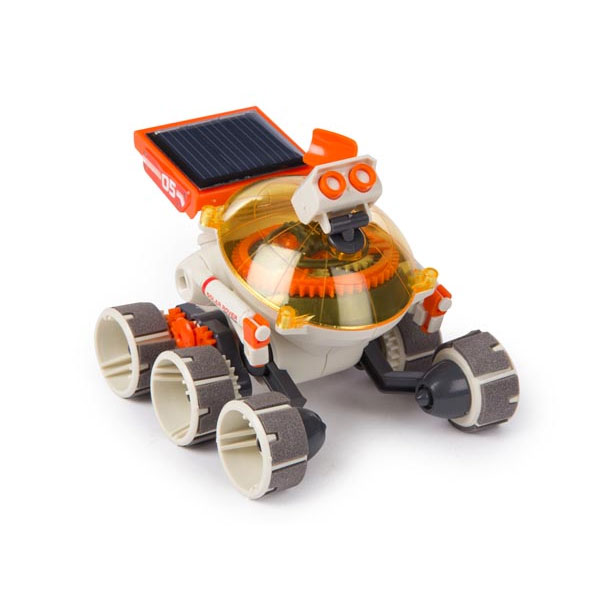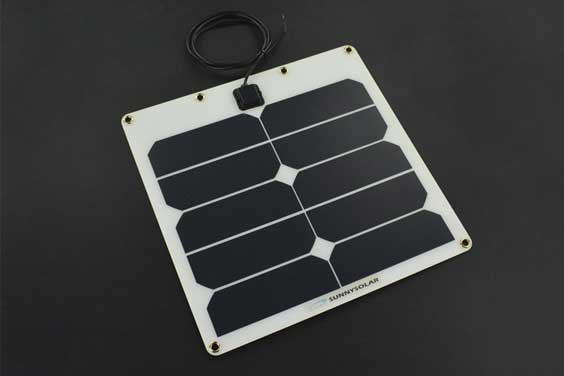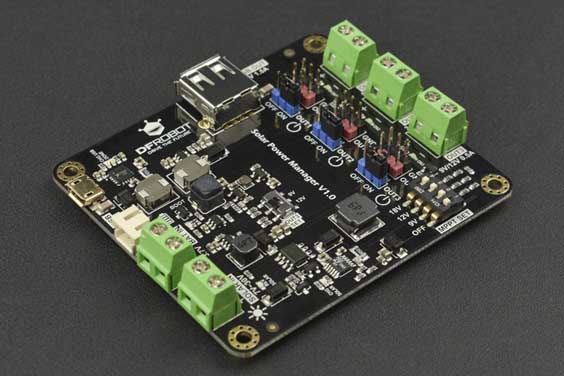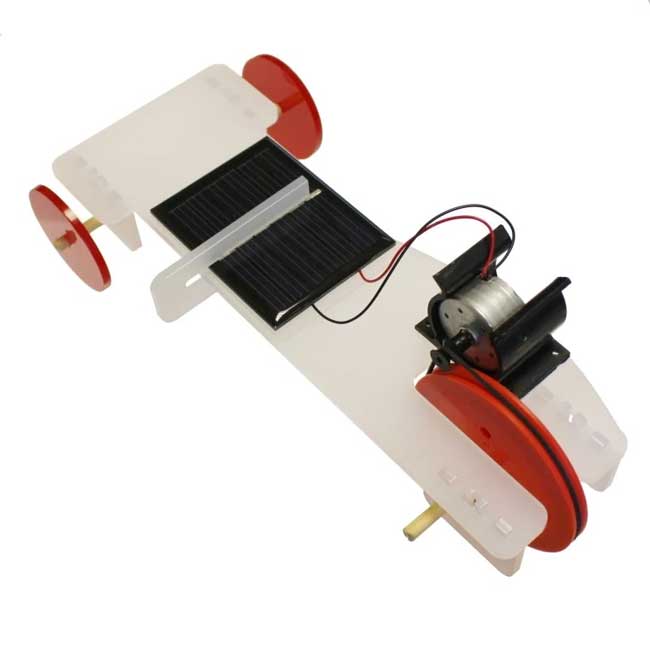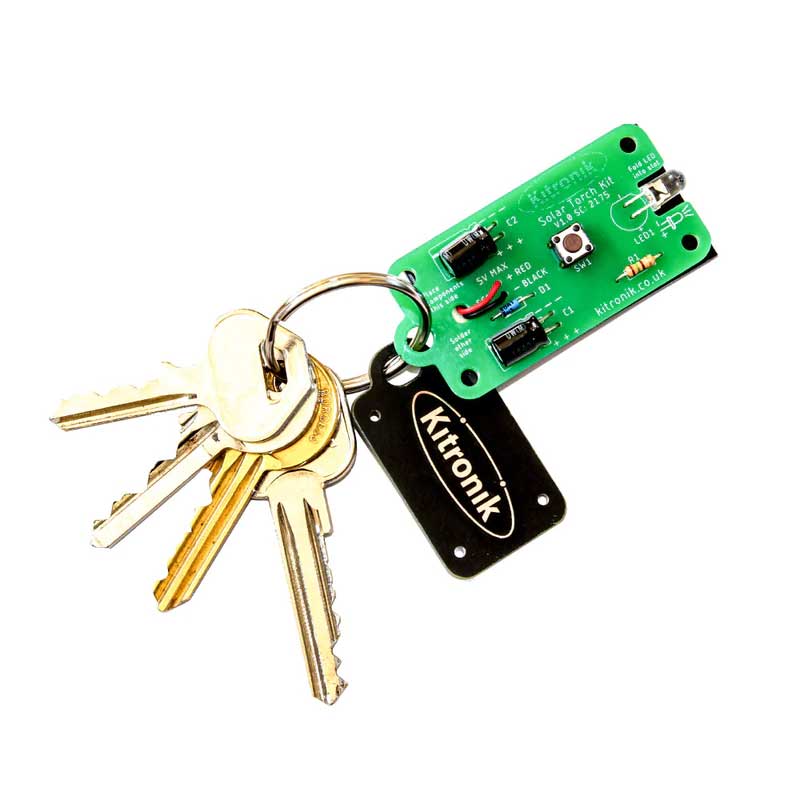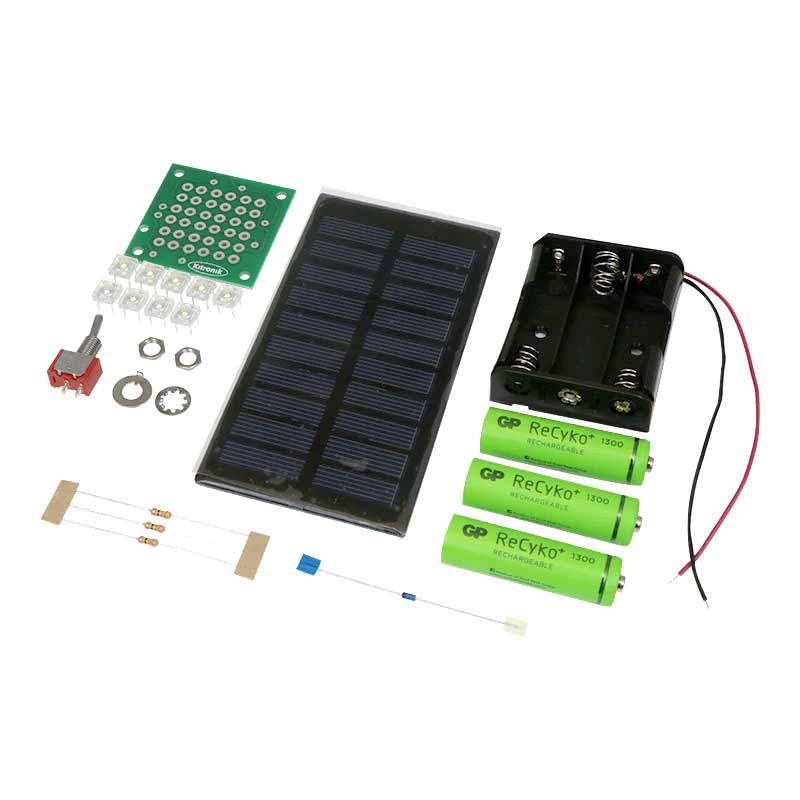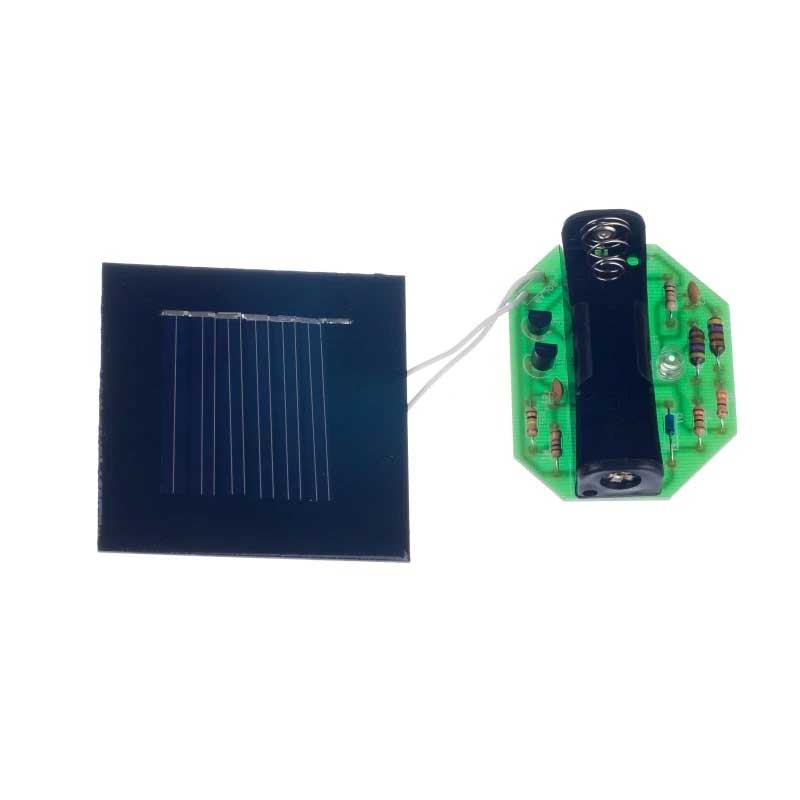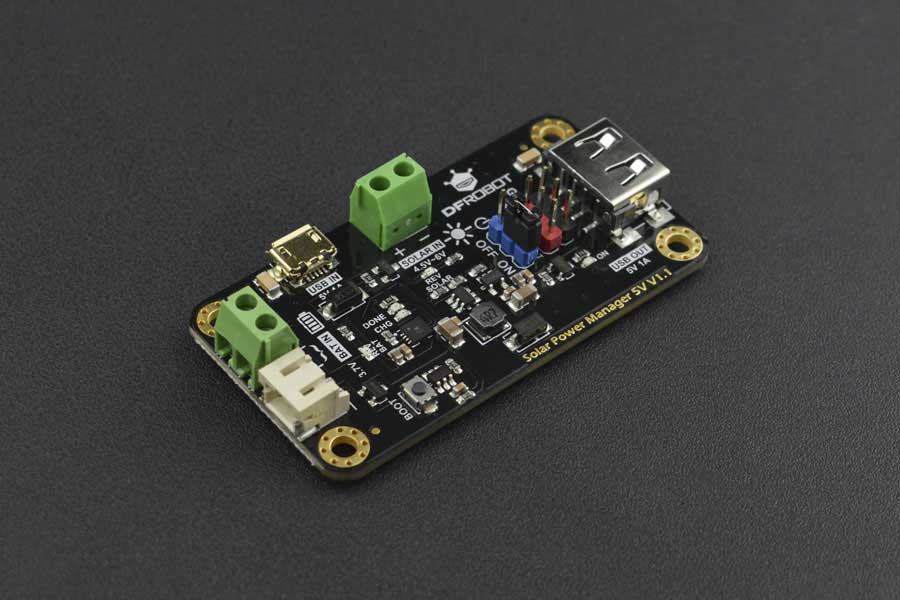5183+ reviews
Order by 16:00 for same day shipping
14 days return
EN
Individual
Business
Filters
Price
to
Green energy
Sustainability is gaining ground, also in electronics and DIY projects. Green energy components not only make your project modern, but also environmentally friendly. Whether you are building a self-sufficient sensor, developing a solar weather station or automating an energy-efficient system. With the right components you are taking a smart and sustainable step. On this page you will find an overview of components that will help you bring your green energy project to life.
15 products found
Sort by:
What is green energy?
Green energy comes from renewable, environmentally friendly sources such as sun, wind and water. In electronics, it often revolves around solar energy. Small solar panels and efficient storage systems make that easy. This way of generating energy is quiet, clean and convenient in places without mains power. It is also very useful for those who consciously want to save energy.
Green energy offers advantages for home users, students and makers. Think of an off-grid plant watering system or an IoT sensor that collects measured values outside. Interest in solar projects is also growing in schools. They combine technology, sustainability and education. And every application contributes to a greener world.
Key components
For every successful solar project, several components are needed. The basis starts with solar panels. They are available in compact versions of 5V or 12V. Perfect for microcontrollers, sensors or small systems.
A solar panel works together with a charge controller or solar charger. This regulates the safe charging of batteries or accumulators. Energy storage is crucial. Popular are lithium-polymer batteries or 18650 batteries. They charge via sunlight and supply power when it is dark.
Voltage regulators are also essential. Step-up or step-down converters provide stable voltage, even with varying input. This keeps your devices working properly.
In addition, choose energy-efficient microcontrollers. Think of the Raspberry Pi Zero , ESP8266 or ESP32-C3. They are ideal for solar projects thanks to their low consumption. Finally, you can add measuring instruments. With voltmeters, charge indicators or energy meters you keep insight into performance and efficiency.
Inspiration for projects
With the right components, the possibilities are endless. Some popular ideas:
- A weather station that runs entirely on solar energy.
- A smart planter with sensors that automatically waters.
- An off-grid security camera with ESP32 and solar panel.
- A school project in which students learn about solar cells and energy storage.
When designing, think carefully about your energy consumption. Determine in advance how much power your components need. Choose a battery with sufficient capacity. Make sure your solar panel provides enough power, even in cloudy weather. The placement is also important: more sun means more yield.
You can combine green energy with smart platforms. With Home Assistant you can easily monitor battery status, energy yield and data logging via a dashboard. This way you keep control and insight.
Green energy opens the door to smart, educational and sustainable projects. Whether you are learning, experimenting or building: every step counts. Discover our range and give your project an energy-efficient upgrade.

